Kaiser dishwasher errors
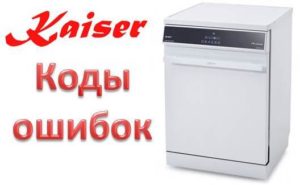 The dishwashing equipment of the young German company Kaiser pleases not only the residents of Germany, but above all the residents of the countries of Eastern Europe and Russia. But no matter how good these dishwashers are, they break down periodically. Kaiser dishwasher errors accompany these same defects. In order for the user to understand what is wrong with his favorite “home assistant”, he needs to find out what this or that code means, let’s do this.
The dishwashing equipment of the young German company Kaiser pleases not only the residents of Germany, but above all the residents of the countries of Eastern Europe and Russia. But no matter how good these dishwashers are, they break down periodically. Kaiser dishwasher errors accompany these same defects. In order for the user to understand what is wrong with his favorite “home assistant”, he needs to find out what this or that code means, let’s do this.
How not to make a mistake when identifying a defect?
Deciphering this or that error code helps to find almost any malfunction of the Kaiser dishwasher, but you should not rely too much on such a decoding, because in some cases it can only confuse the technician. We are talking about electronic defects, namely the control board of the Kaiser dishwasher and the firmware. One or another firmware failure in half of the cases negatively affects the operation of the self-diagnosis system. It begins to spontaneously issue different error codes without any reason, forcing the user to disassemble the machine and look for breakdowns where there are none.
Some error codes are so extensive that they do not identify a specific defect, but only a possible range of defects that you should pay attention to, first of all, when searching for a problem. Therefore, be extremely careful and do not trust the decryptions 100%, but you must use them, otherwise the search for the problem will be significantly delayed.
Some models of Kaiser dishwashers have a special self-diagnosis system with an expanded package of error codes.
Description of codes
If you have encountered an error code during normal operation of a Kaiser dishwasher, do not rush to panic, much less disassemble the machine yourself. Turn off the dishwasher and then disconnect it completely. Let the equipment sit for about 30 minutes. Turn on the machine again, if the error code appears again, repeat the procedure two more times, and then start deciphering the code.
- E1. This error should alert the user to a defect in the Kaiser dishwasher door lock, since the control module does not receive a signal to lock the lock. In this case, the door may be partially open, the lock or sensor may be broken, or the wiring between the control board and the lock sensor may be damaged. The bus responsible for the locking device is also probably faulty. You need to check how the door locks, and also inspect and, if necessary, change the lock itself and the sensor.
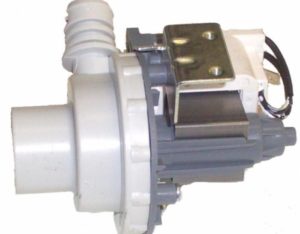
- E2. Appears if the inlet valve allows too little water to pass through within a specified period of time. The error is associated with low water pressure, a broken solenoid valve, or a clogged inlet valve filter. What to do? First of all, you should check whether the water supply in the house has been turned off. Next you need to check the intake valve using an ohmmeter. If the resistance is within 2-5 kOhm, everything is in order, if less, the part needs to be changed. You should also check the valve filter for blockages.
- E3. It takes a very long time for the water to drain. If the pump cannot pump water out of the system within the specified time, it means it is not working well. This may be due to a clogged pump or garbage filter, or perhaps due to a blockage in the hose, siphon or sewer pipe.To solve the problem, you will have to clean the garbage filter and then check all the indicated places where the blockage could have formed. By clearing the clog, you will get rid of the annoying error.
- E4. The level sensor indicates that there is too much water in the dishwasher. The fill valve is probably broken, the pressure switch itself has failed, or there are problems with the electronics. How to fix such problems? First, get to the pressure switch and blow out its tube, after removing the hose. Then measure the resistance of the part; if the resistance gradually drops and reaches zero, then the part is working properly. Next, check the resistance of the intake valve and lastly look at the control module. Please note that parts may need to be replaced.
- E5. The thermistor is giving incorrect readings. With such an error, in most cases, the thermistor needs to be replaced. In more rare cases, this indicates a breakdown of the heating element or a broken circuit. This annoying defect can be eliminated by replacing the thermistor, heating element or their supply wires. The parts are first carefully checked with a multimeter.
- E6. This is a more special error that recognizes a break in the interaction between the heating element, temperature sensor and control module. Any of these parts may be broken, and on top of that, the wiring may be severed. You will have to check everything with a multimeter and replace parts with defects.
- E7. A very dangerous error indicating a short circuit of the thermistor. Before you climb into the dishwasher, or even touch its body, you need to turn it off. After this, you need to pull out the broken thermistor, throw it away, and put a new original part in its place.
For safety reasons, the manufacturer does not recommend dealing with error E7 yourself and inviting a specialist.
So, we have deciphered the codes of the self-diagnosis system of Kaiser dishwashers. If you decide to get serious about repairing your “home assistant”, read the article Kaiser dishwasher repair, and we end here and wish you all the best. Don't forget to visit our website.
Interesting:
Reader comments
- Share your opinion - leave a comment




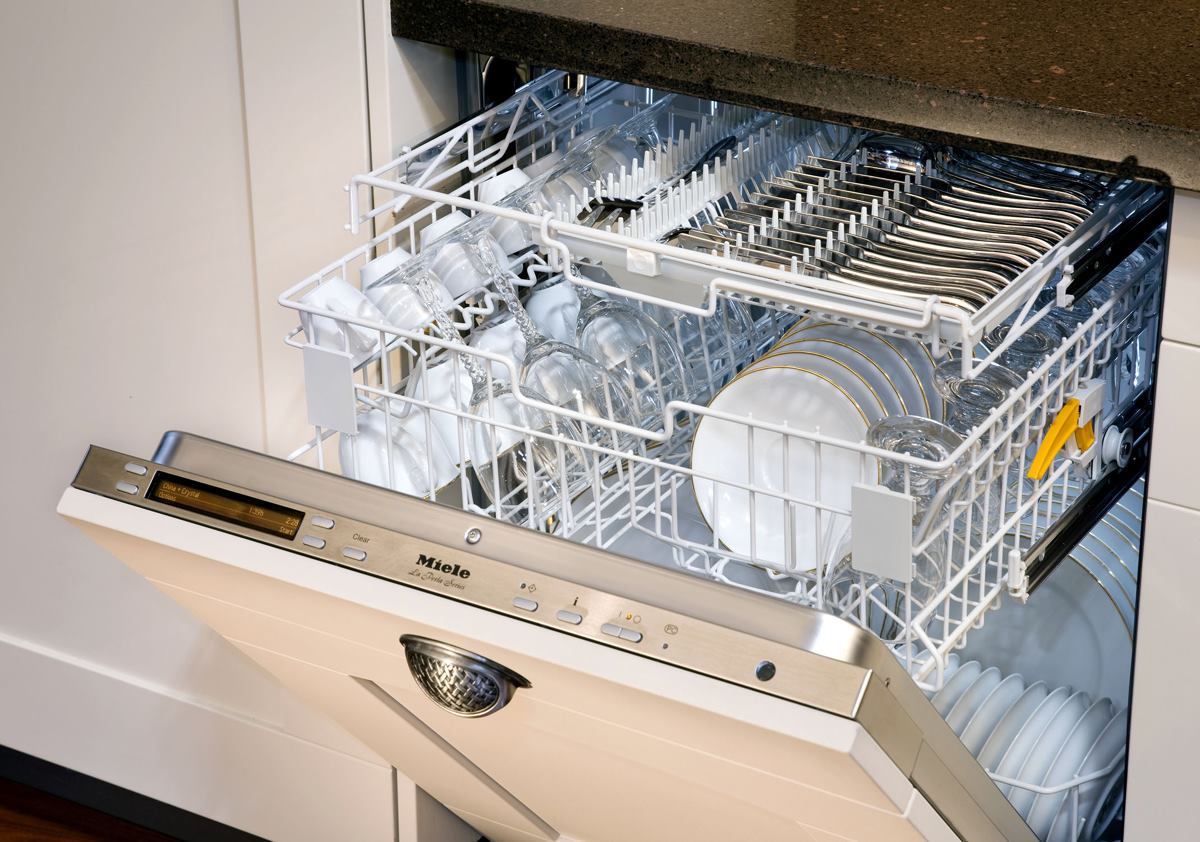
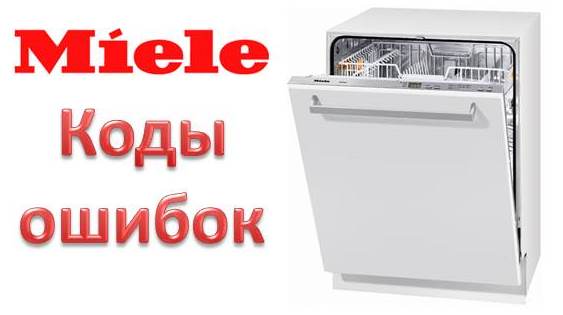
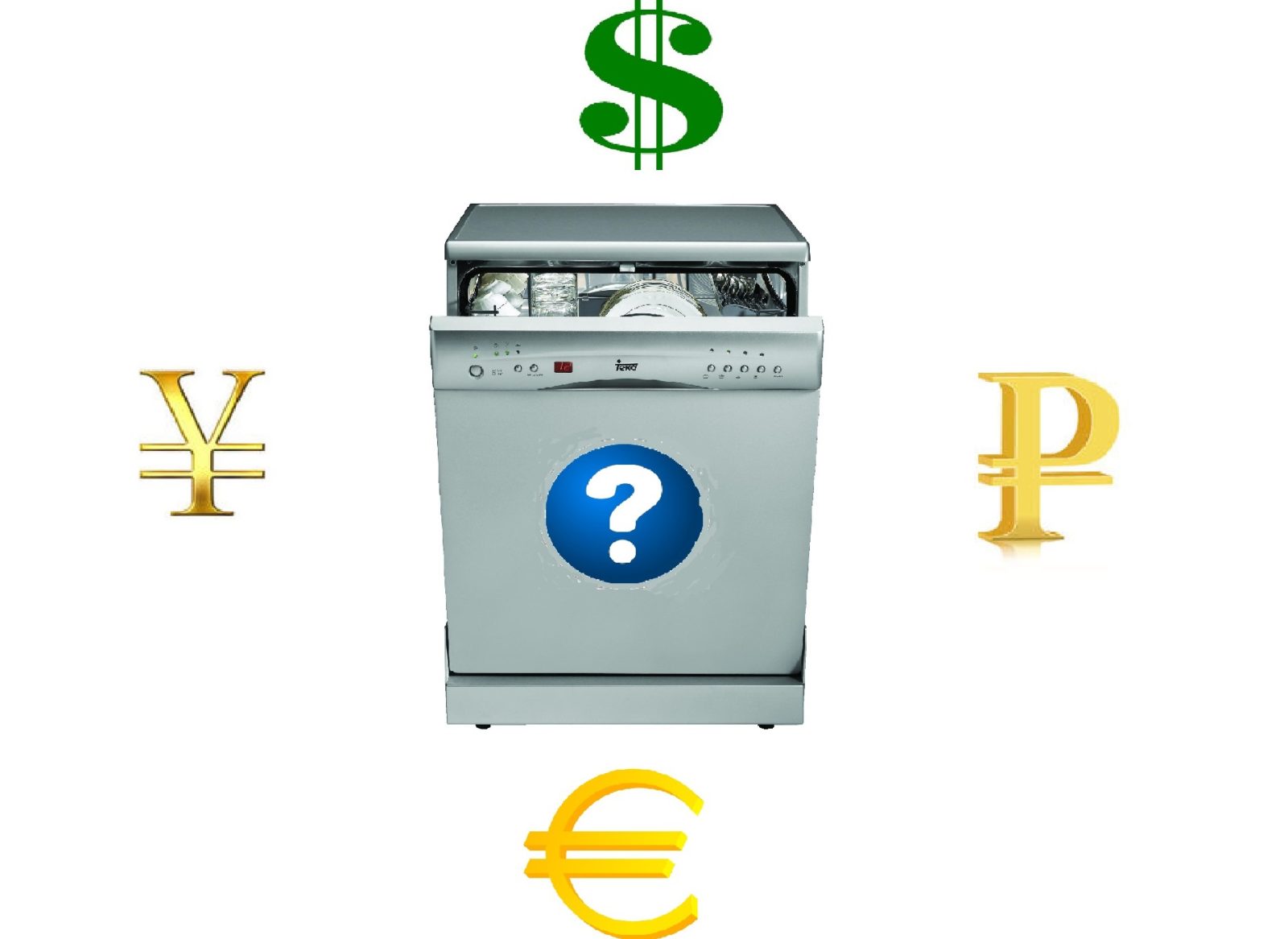














Add a comment